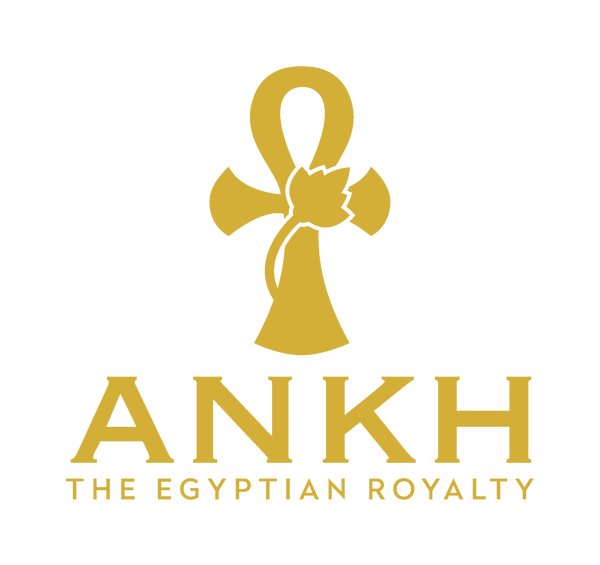
Calendar of Ancient Egypt: A life based on the Nile and stars
The Ancient Egyptian Calendar
The ancient Egyptian calendar is the first calendar known to man in all of history, as it is more accurate in terms of climate conditions throughout the year.
According to this calendar, we are in the year 6265. The Egyptian calendar was linked to the seasons of agriculture, harvest, and the climate.
Egypt: Life on the Nile, Eyes on the Stars
The history of the Egyptian calendar goes back to the year (4241 BC), coinciding with the ancient Egyptians’ knowledge of the chronological calendar by noting the time of the Nile River’s flood and their reliance on the astronomical lunar calendar when the star “Sopdet” or “Sirius” appeared.
The Egyptians were able to calculate the solar year, so it was 360 days.
They divided the year into three seasons, not four, as is the current system. They are “the season of Akhat (flood), Bert (planting), and Shamu (harvest).”
Each of them includes four months that coincide with the rise and fall of the water level of the Nile River.
Egyptian and Math - Intertwined History
They divided the year into 12 months, and the month was 30 days divided into 3 weeks, each week containing 10 days, thus leaving 360 days. However, at the end of each year, 5 days were added, the birthdays of the ancient Egyptian gods: Osiris, Horus, Set, Isis, Nephthys, and so on—making the total 365 days in the year.
The world inherited the 24-hour system from our Egyptian ancestors. The day in Egypt was 10 hours, with an hour added for sunrise and an hour for sunset, making it 12 hours. The night was 12 hours, like the day, creating the 24-hour system that the world is still using millennia after they were created.
